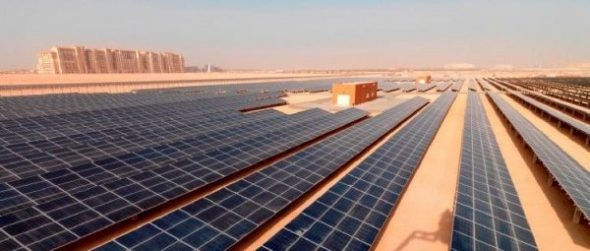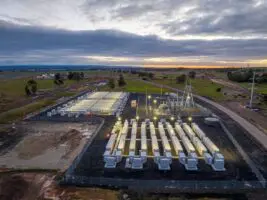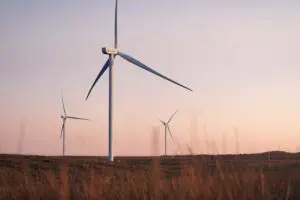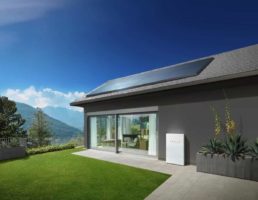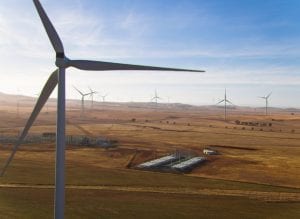There are often very good reasons to build small or average size solar farms – available land, local demand, and grid capabilities among them. But there can be no doubt that costs for large scale solar farms benefit from scale.
This will be the underpinning argument behind the multi gigawatt projects now being proposed across Australia – and particularly in its north and west – to develop renewable export industries that could serve near neighbours or north Asia, via sub-sea cables or some form of transportable vehicle such as ammonia or hydrogen.
The case for gigawatt scale projects is underlined by a detailed assessment from Rystad Energy on the declining costs of solar-based power purchase agreements over the past decade.
The graph below, revealed in a webinar last week, shows two overwhelming trends: One is the continuing plunge in large scale solar costs, already down by 90 per cent over the last 10 years – and 70 per cent over the last five – and still falling. The second is the advantage of scale – the big gigawatt scale projects are clearly the cheapest.
 According to Rystad Energy’s David Dixon, there’s a bunch of reasons why this is the case. If you go back 10 years, more than 90 per cent of large scale solar capacity was less than 50MW. Now it’s around 40MW, and more than half is more than 100MW, and going over 400MW delivers capex reductions of around 20 per cent.
According to Rystad Energy’s David Dixon, there’s a bunch of reasons why this is the case. If you go back 10 years, more than 90 per cent of large scale solar capacity was less than 50MW. Now it’s around 40MW, and more than half is more than 100MW, and going over 400MW delivers capex reductions of around 20 per cent.
The lowest PPA’s in this graph above are found in he Middle East – (in yellow, which usually mark the cheapest prices in their respective year of delivery) thanks to a good solar resource, land availability, cheaper labour costs, and low cost finance. But other large projects are also delivering the lowest costs.
In Australia, more projects are being contemplated at scale, which is why this next graph is interesting. It shows that Australia stands out in the share between existing and operating projects, and those in the pipeline.
The table on the left shows that there is a fair mix in Australia of solar, wind and storage projects, with a touch of hydrogen electrolyses (Europe appears as the series initial competition).
The table on the right highlights the amount of capacity that is in the pipeline, and the amount that is already operating. Given the small size of the Australian grid – in comparison with most other countries – this huge pipeline of projects at the stage of development application and concept is surprising.
But this isn’t about just domestic supply – it is also looking at the huge export opportunities identified by the likes of Sun Cable, The Asia Renewable Energy Hub, and by international companies such as Vestas, Siemens, BP and Australian billionaires Mike Cannon-Brookes and Andrew Forrest.
Australia, as many advocates have pointed out – won’t stop at 100 per cent renewables. It will likely reach multiple levels of capacity, as suggested by ARENA boss Darren Miller when he talks about the opportunity of 700 per cent renewables.

